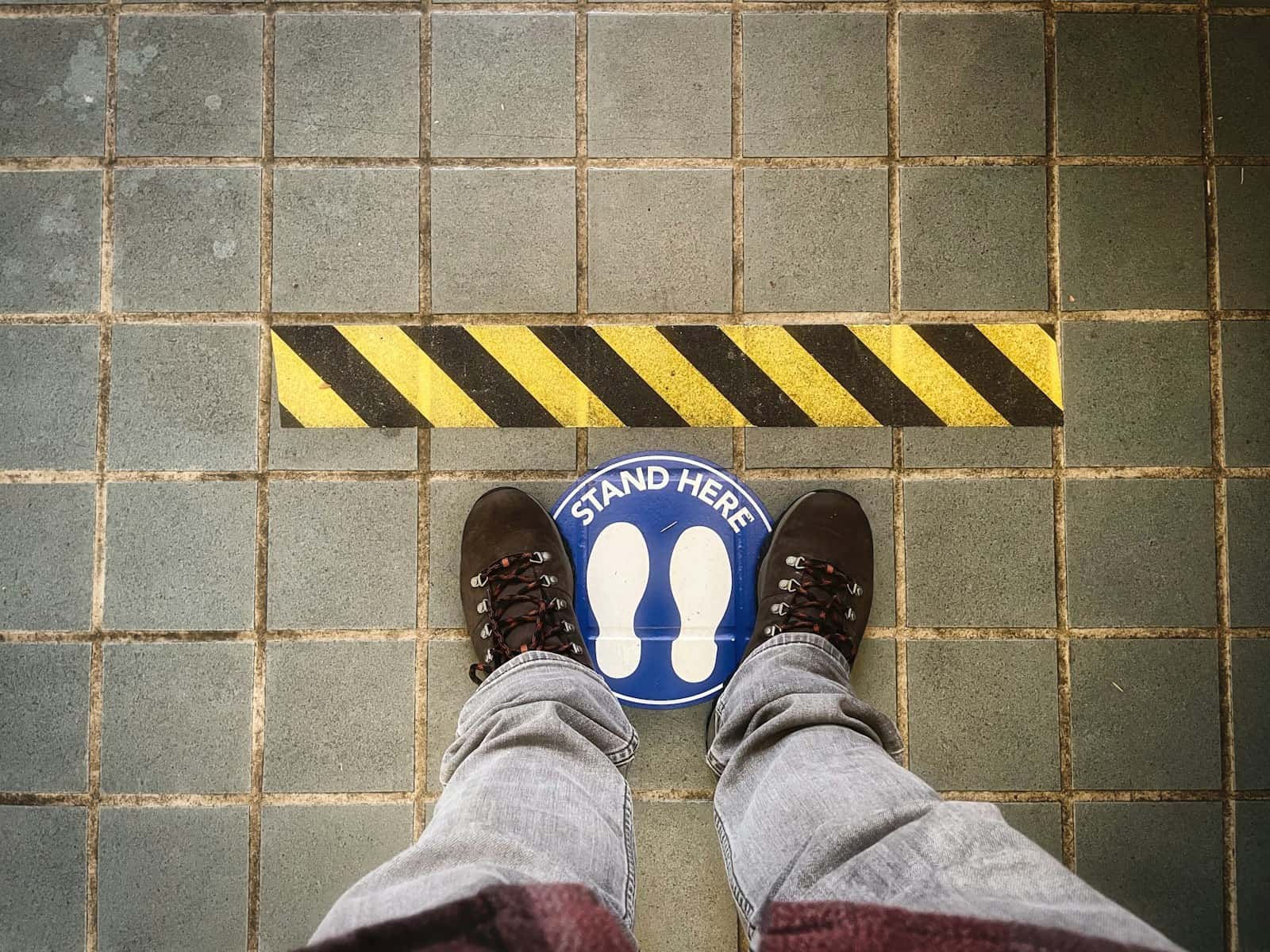Critical thinking tools are necessary to solve more complicated problems in the modern business landscape. I’ve personally experienced the impact of these frameworks on the decision-making process. You’ll discover effective frameworks, such as Socratic questioning, mind maps, and SWOT analysis. These frameworks will allow you to address challenges more effectively and improve your general problem solving abilities.
Critical Thinking Tools and Techniques

Critical thinking tools are one of the best resources for people who want to improve their analytical thinking skills. Throughout my career, I’ve seen them work wonders in various industries. These tools help people break down complex problems, think through information more objectively and ultimately make better decisions.
I frequently use the Socratic Questioning Method with clients because it’s a stellar way to ask deeper questions and challenge assumptions. Here’s how you can use it:
- Ask for clarification: “What do you mean by…?”
- Probe assumptions: “Is that always true?”
- Question the question: “Why do you think we’re asking this question?”
- Seek evidence: “What evidence do you have to support that?”
- Explore implications: “What implications does this have?”
I also like the Socratic Questioning Method in particular because I think it’s one of the most powerful critical thinking tools to ask deeper questions.
Mind Mapping for Problem Analysis is a visual tool to help people walk through their thoughts and how concepts connect with each other. I find mind mapping most useful when I start thinking about potential solutions to complex problems.
The SWOT Analysis Framework walks people through Strengths, Weaknesses, Opportunities, and Threats. I like it because it’s a pretty comprehensive tool to ensure people think through all the internal and external factors impacting a given situation.
The Decision Matrix Tool is a solid option for people needing to analyze multiple options against various criteria. It’s particularly useful anytime you have a decision with more than one option and a solid list of criteria by which you can assess each option.
The Root Cause Analysis Technique is a brilliant tool to help people stop treating symptoms and start thinking more critically about how to actually solve the problem. I find it particularly useful in manufacturing settings to systematically improve operational processes.
85% of business leaders say that critical thinking is very important in their organizations. This is no surprise to me. Organizations with a more structured approach to critical thinking had a 28% higher rate of problems solved. These aren’t just high-level concepts that sound good on paper. These are tangible, actionable resources that actually move the needle.
Analytical Frameworks for Enhanced Decision-Making
Six Thinking Hats Technique is one of my favorite frameworks to use with teams. It encourages individuals to think through a problem from different angles. Each “hat” is a different type of thinking:
- White Hat: Information
- Red Hat: Intuition/emotion
- Black Hat: Problems
- Yellow Hat: Benefits/value
- Green Hat: Creativity
- Blue Hat: Thinking about thinking
Fishbone Diagrams for Cause-Effect Analysis is an excellent way to visualize all potential causes of a problem. It’s great for a group setting where you want to gather a variety of opinions.
PEST Analysis for Environmental Scanning is a macro environmental tool that looks at Political, Economic, Social, and Technological factors affecting your business. Use this tool to predict changes and proactively prepare for them.
Force Field Analysis Tool is a great way to weigh driving and restraining forces in a situation. Use this tool when you want to make a change and need to know what’s working for or against you.
Pareto Analysis for Prioritization is based on the 80/20 principle. Use it to ensure you’re working on the most impactful problems:
- Identify and list the problems.
- Score the problems.
- Group the problems.
- Total the score for each group.
- Take action on the highest scores.
Teams that used critical thinking frameworks experienced a 32% improvement in decision quality. This reflects my experience as well. When teams consistently use these frameworks, they make better, more thoughtful decisions.
Visual Tools to Boost Critical Thinking

Visual aids are strong supporters of critical thinking, as they allow you to illustrate more complicated ideas and relationships. The brain processes visual information 60,000 times faster than text, so these tools are highly effective.
Use Concept Mapping for Complex Ideas to illustrate the connection between various concepts. This is particularly helpful when you’re trying to make sense of a complex system or theory.
Use Venn Diagrams for Comparison and Contrast to illustrate commonalities and differences between various ideas, concepts, or groups. They are basic visual aids, yet they’re effective at analyzing relationships.
Use Flow Charts for Process Analysis to create a visual, step-by-step representation of a process. These are extremely helpful for identifying any inefficiencies or bottlenecks in a system.
Use Infographics for Data Visualization to combine graphics with text to visually represent a complex data set. These are great for conveying core insights from data at a glance.
Use Timeline Tools for Historical Analysis to visualize events throughout history. These are great for spotting trends, patterns, or the sequence of historical events.
90% of information sent to the brain is visual. Visual aids increase learning retention by 400%. These statistics demonstrate why using visual aids in your critical thinking process is so important. They aren’t just more visually appealing. They completely improve your ability to process and remember more complicated information.
Cognitive Bias Awareness and Mitigation
Cognitive biases are powerful influences over our decision making. If you’re aware of a bias, you’re already halfway to minimizing its impact. Here are a few common cognitive biases you should be aware of:
- Confirmation Bias: Selectively seeking information that confirms what you already believe
- Anchoring Bias: Giving too much weight to the first piece of information you come across
- Availability Heuristic: Overestimating the probability of events that are more “available” in memory
- Dunning-Kruger Effect: Overestimating your own expertise or skill
- Sunk Cost Fallacy: Continuing an activity or pursuit due to previously invested resources
Debiasing Techniques and Strategies involves pushing back on your own assumptions and deliberately seeking information that contradicts them. It’s one of the most common practices I use in my consulting work.
Bias Identification Checklists allow you to methodically check your thinking for biases. They’re particularly helpful before making key decisions.
Perspective-Taking Exercises require you to frame an issue from another person’s perspective. These exercises help counteract biases that emerge from a limited perspective.
Probabilistic Thinking Methods ask you to evaluate the probability of an array of outcomes, rather than picking a single estimated outcome. This practice directly reduces overconfidence bias.
There are over 180 documented cognitive biases that humans experience. That’s a lot to think about. However, applying these techniques effectively reduces cognitive biases by 30-40%. We’ll never eliminate all biases, but we can slash their impact on our thinking.
Critical Thinking in Problem-Solving
Problem Definition Techniques: Use these to make sure you’re solving the right problem, not just its symptoms. I’ve always said that a well-defined problem is already halfway to a solution.
Hypothesis Generation Methods: Use these to generate testable hypotheses about why something is happening. This is just the scientific method, and you can use it to solve business problems.
Evidence Evaluation Frameworks: Use these to evaluate the quality and relevance of evidence. This is perhaps more important today than at any other point in history given that we now live in an evidence-rich world.
Solution Generation Tools: Use these, like brainstorming techniques or SCAMPER (Substitute, Combine, Adapt, Modify, Put to another use, Eliminate Reverse) to think about possible solutions more creatively.
Implementation Planning Strategies: Use these to ensure your solutions become more than just ideas. These tools help you turn ideas into plans of action.
Each of these methods make decisions 50% more accurately than intuitive thinking. Each of these also gives you better risk estimates in 80% of the cases studied. These stats demonstrate the power of using structured critical thinking to make decisions.
Argument Analysis and Logical Reasoning

Argument Mapping Tools: These tools visually map out an argument’s structure. They show you the premises and conclusions and how they relate to each other.
Logical Fallacy Identification: This is important for evaluating arguments. Common fallacies include:
Ad Hominem: Attacking the person making the argument rather than the actual argument
False Dichotomy: A scenario where it’s implied only two options exist
Slippery Slope: Arguing one event will lead to a chain of negative events
Appeal to Authority: Accepting an argument because the speaker is an authority figure, not because there’s evidence to support it
Straw Man: Misrepresenting someone else’s argument to make it easier to attack
Premise and Conclusion Analysis: Break an argument down to its individual premises and conclusions to more thoroughly evaluate each one.
Syllogism Construction and Evaluation: Understand and create valid logical arguments. This is one of the most basic critical thinking skills.
Counterargument Development Techniques: Think through and address potential counterarguments to your argument. Doing so will make your argument stronger and demonstrate you have robust logic.
The practitioners’ confidence in their analysis increases by 60% when they master these skills. And I’ve found this increase in confidence translates to a stronger, more persuasive argument in the professional arena and many other settings.
Memory Enhancement for Critical Thinkers
Chunking Technique for Information Processing involves grouping related information. It’s a great way to get around the working memory’s capacity limits.
Mnemonic Devices for Complex Concepts use patterns of letters, ideas or associations to remember information. They’re particularly helpful to remember a sequence or list of items.
Spaced Repetition Systems optimize the timing of review to improve long-term retention. This technique is based on the concept that we retain information better when we learn it over time.
Mind mapping techniques also known as the Method of Loci uses spatial memory to remember information. It’s an excellent method to remember large amounts of information.
Active Recall Strategies help you remember more by actively engaging with the material:
Self quizzing Teaching Summarizing in your own words Creating practice tests Applying to a different use case
We can only hold 4-7 pieces of information in our working memory at once. This limitation is why the memory techniques above are so powerful. Hierarchical (related) info improves recall by 40%. By applying these memory techniques, you’ll be able to remember and access more key information.
Digital Tools and Software for Critical Thinking
Mind Mapping Software Comparison:
| Software | Key Features | Best For |
|---|---|---|
| MindMeister | Real time collaboration, Integration with other apps | Team projects |
| XMind | Gantt Chart view, Pitch Mode | Presentations |
| Coggle | Simple interface, Auto arrangement | Quick brainstorming |
| MindMup | Free version available, Exports to multiple formats | Budget conscious users |
Analytical Dashboard Tools are visual representations of important metrics. They are a must for any data-driven decision maker.
Final Takeaways
I’ve used critical thinking frameworks to solve problems in various industries. These tools make you a better analyst and a better decision maker. If you become an expert at these frameworks, you’ll be more effective at solving problems and generating clever solutions. Just keep in mind that critical thinking is a skill, and like any skill, you only get better with practice. Keep refining your skills, and you’ll notice a significant improvement in your ability to solve problems.






